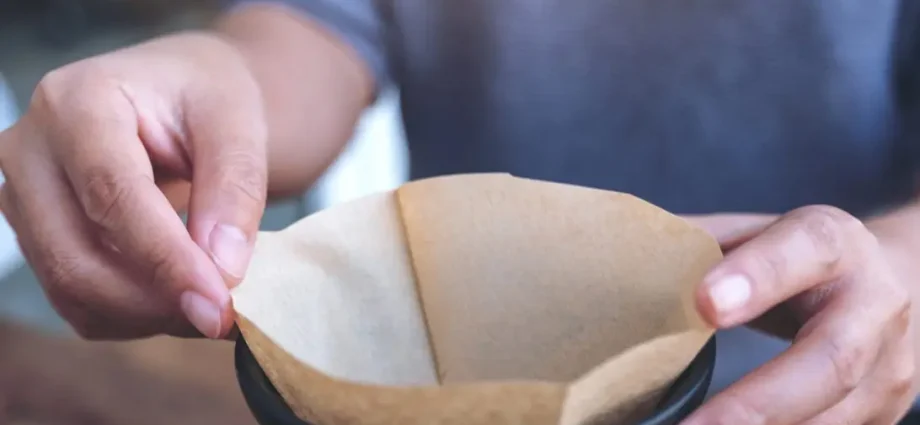There are many misconceptions associated with this drink, due to which even the most dedicated coffee fans make mistakes – both in storage and in preparation. Nespresso experts talked about the most common ones.
Grains are stored incorrectly
Coffee has three main enemies – air, moisture and light. Grains should not be stored in places with high humidity, otherwise they will lose their aroma and taste. Therefore, a popular life hack – keeping grains in the refrigerator – is destructive for them. Moreover, this way coffee can absorb foreign odors and deteriorate, so it is best to choose a cool, dry, dark place, and pour the coffee itself into a glass jar with a tight-fitting (ideally sealed) lid. Do not forget that the sun’s rays are also extremely destructive for coffee.
The most convenient option is to choose portioned coffee. For example, aluminum capsules. Due to their absolute tightness, they do not allow oxygen, moisture and light to pass through, completely excluding any contact of coffee with the environment. These capsules are capable of retaining up to 900 flavors and aromas of freshly roasted coffee.
Buy ground coffee
It seems like a good idea to opt for pre-ground beans. However, this is not the case, because ground coffee begins to give off its taste and aroma even faster, which finally disappear over time. And the longer the ground grains are stored, the more noticeable the loss in taste will be. Sometimes even vacuum packaging does not help. Therefore, it may turn out that the purchased ground coffee does not have the necessary saturation to prepare the perfect drink. Those who like to grind coffee with a large supply will face the same problem – it is better to do it just before preparation.
Grinding grains also needs to be done correctly. The grinding should be as uniform as possible, then hot water will spill through the coffee as evenly as possible, which will allow it to be better saturated with taste and aroma. This is what makes for a delicious drink. It is very difficult to achieve proper grinding without the use of a burr grinder, which requires additional costs, comparable to the cost of buying another coffee machine. Also, keep in mind that different types of coffee require different grinds.
Choosing the wrong water
Many coffee lovers do not think about what kind of water they use to make it. Meanwhile, water contains certain minerals that can affect the taste of the drink. Most often, when brewing coffee, the choice falls on tap water, but this is not the best option – it contains rust and chlorine, which distort the taste. Therefore, if you use tap water, be sure to let it settle and pass it through a very high quality filter. If you decide to make coffee with bottled water, pay attention to the total mineralization (TDS). This figure should be between 70 and 250 mg / l, and 150 mg / l would be ideal. Coffee prepared in such water will be dense, bright and rich.
Do not follow the extraction rules
Correct extraction of coffee allows you to reveal the desired shades of taste and aroma of the drink. Moreover, it takes more time for the manifestation of taste properties than for the disclosure of aromatic ones. Extraction starts when hot water enters the coffee. This can be seen during the preparation of a drink in a coffee machine. There are several important extraction parameters: the percentage of coffee extract in the cup, the optimum temperature, the degree of grinding of the coffee beans and the contact between the coffee and water, and, finally, the ratio of the volume of coffee to water. The percentage of coffee extract should be no more than 20: the higher it is, the more bitter you get. Make sure that during cooking the temperature is not higher than 94 degrees.
For those who prefer not to go into details with the temperature and amount of water, coffee machines will be a real salvation, which check all the nuances for you.










